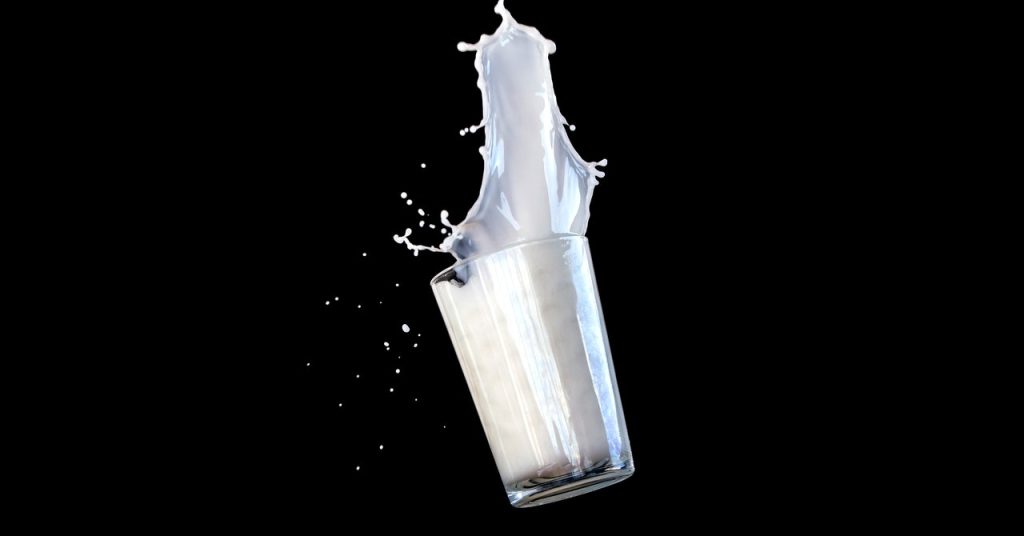Raw Milk Enthusiasts Undeterred by Bird Flu Risk in Dairy Cows
Despite the heightened risk of contracting dangerous germs from consuming raw milk, enthusiasts remain undaunted by the current outbreak of highly pathogenic avian influenza (HPAI) in dairy cows. The Raw Milk Institute, based in California, dismissed the warnings as “fear-mongering.”
Mild Illness in Cows, but Potential Mixing Vessel for Flu Viruses
Preliminary data suggests that infected cows generally experience mild symptoms and recover within a few weeks. However, their mammary glands, which are rich in molecular receptors targeted by both bird and human flu viruses, could potentially serve as a mixing vessel for the creation of new, outbreak-sparking variants.
High Levels of H5N1 in Raw Milk and Spillover to Cats
Researchers have discovered high levels of H5N1 viral particles in raw milk from infected cows, and these particles appear to be readily transmissible to other mammals. In a recent case study, a group of farm cats developed severe illness, with some experiencing neurological symptoms, after consuming milk from H5N1-infected cows. Tragically, more than half of the cats succumbed to the virus within days.
Differences in Flu Receptor Distribution between Cows and Cats
The varying severity of infection in cows and cats may be explained by the distribution of flu receptors in their bodies. While cows’ mammary glands contain an abundance of multiple types of flu receptors, these receptors are less common in other parts of their body, such as the respiratory tract and brain. In contrast, cats appear to have a more widespread distribution of receptors, leading to viral invasion of the lungs, heart, eyes, and brain.
Raw Milk Devotees Dismiss Risks, Lack Evidence
Proponents of raw milk consumption, who claim unsubstantiated health benefits over pasteurized milk, dismiss the risk of H5N1 exposure. They argue, without evidence, that the human digestive system will destroy the virus. While there is currently no documented evidence of human H5N1 infection from consuming tainted milk, this outbreak marks the first known spillover of HPAI to dairy cow mammary glands, presenting an unprecedented opportunity for milk-based transmission.
Historical Risks of Raw Milk Consumption
Before the widespread adoption of pasteurization in commercial milk production, raw milk was a significant source of infections. According to the Food and Drug Administration (FDA), milkborne outbreaks accounted for 25% of all foodborne disease outbreaks in 1938. The Centers for Disease Control and Prevention (CDC) notes that areas where raw milk sales were legal between 1998 and 2018 experienced 3.2 times more outbreaks compared to areas where such sales were prohibited.
FDA Recommendations and Global H5N1 Cases
The FDA recommends halting all sales of raw milk and raw milk products from H5N1-infected or exposed cattle, and generally advises against consuming raw milk. As of March 28, there have been 888 reported cases of H5N1 in humans across 23 countries, with 463 fatalities, representing a 52% fatality rate. However, asymptomatic or undiagnosed cases could alter this rate. In the US, only one human case has been linked to the dairy cow outbreak thus far.
The limited data on the cows so far suggests that the animals largely develop mild illness from the infection and recover in a few weeks. Their mammary glands are the primary target of the virus.

1 Comment
Raw-milk enthusiasts simply shrug at bird flu; it’s a lifestyle, not a trend!